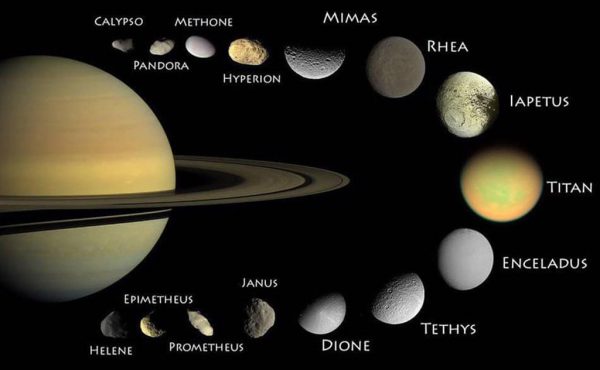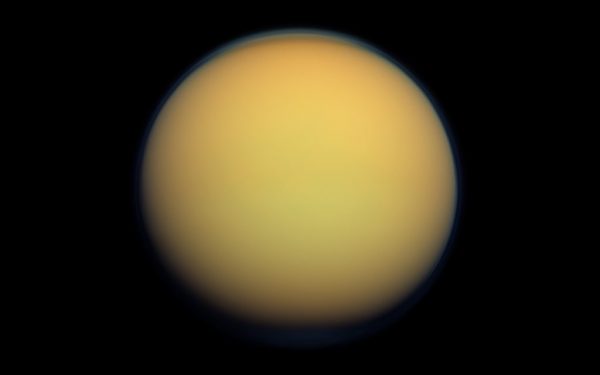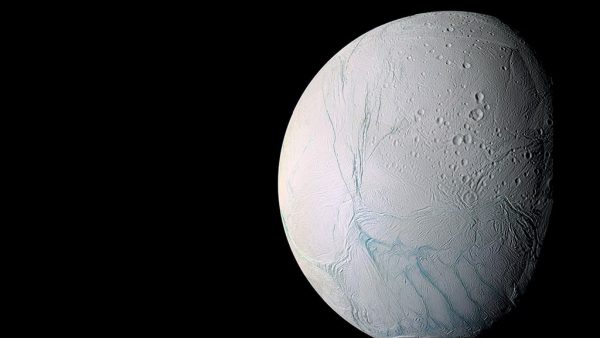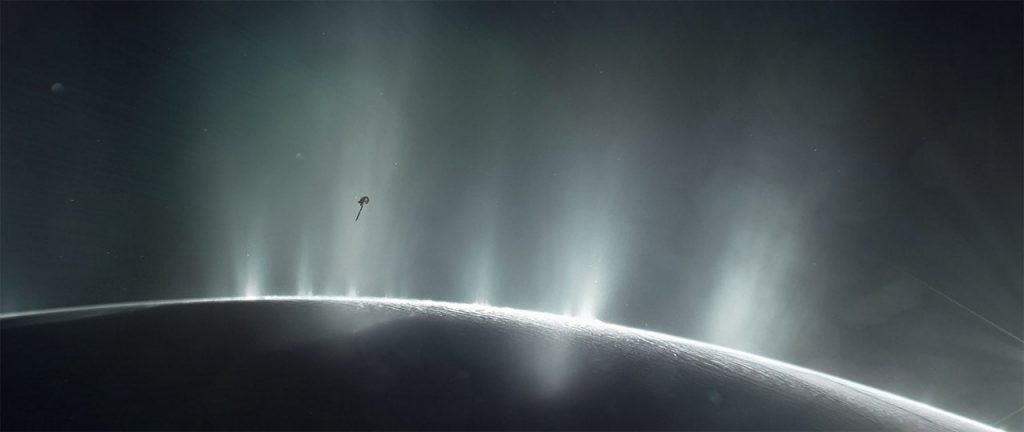
Saturn is, without a doubt, one of the most recognisable and popular planets that visitors experience at Perth Observatory on one of our Night Sky Tours.
Often drawing gasps of amazement at its appearance, the famous ringed gas giant and some of Saturn’s many moons are clearly visible through a telescope, but it’s almost always a surprise to see it so clear and recognisable. Ask almost any observatory visitor what Saturn is known for and they will correctly tell you: rings. Made of ice, rock and dust, there are more rings than astronomers have been able to count so far. But where did they come from? A long time ago, the rings were probably once a moon that was violently torn apart by Saturn’s gravity. Probably not fun for anyone involved.

Saturn is also famous for its moons. Until recently, we would tell visitors to the observatory that Saturn had over 60 moons – even that seemed like a lot. Have you tried to list them all? Unlike our own, they aren’t all called “moon” so it’s no easy task. And it just got a whole lot harder. A recent announcement from the Carnegie Institute for Science confirmed a further 20 moons. This gives Saturn 82 moons, more than even Jupiter which has only 79. According to Carnegie, each of the newly discovered moons is about five kilometres in diameter – pretty big, but absolutely paling insignificance next to Saturn’s largest moon, Titan, which is a monstrous 5,149 kilometres.
Titan is remarkable as it is also a potential home of extraterrestrial life. Chris McKay, of NASA Ames Research Center, in his paper, Have we discovered evidence for life on Titan? says it is possible that a “new type of liquid-methane based life form” could be behind some interesting atmospheric results on the moon.

The science goes that if life was present on the moon then it would be consuming atmospheric hydrogen in large enough quantities to have a noticeable effect – such an effect has been recorded. One doesn’t mean the other, however, and it’s noted there could be other, less exciting, explanations that don’t include aliens. But we’re still hoping for aliens. Saturn’s moons seem to have almost cornered the market in potential homes for extraterrestrial life. Enceladus, the planet’s sixth-largest moon, has a liquid water ocean beneath an icy crust, and it’s been suggested that the eruption of the moon’s ice volcanoes mix together some of the different elements.
In 2018, the Cassini orbiter found simple organic compounds in the violently ejecting jets of water vapour, molecular hydrogen, salt crystals, and ice particles – not dissimilar to the Murchison meteorite that crashed into Victoria way back in the 1980s.

It might not sound all that exciting to you and me, but since all known life is based on organic compounds and water, and these have been found in some meteorites as well as the geysers of Enceladus, it makes the moon a focus for attention. Strange creatures are found deep in the oceans on Earth, it’s not so crazy there could be life on Enceladus. Not to be outdone by some gas giant’s moons, life on Mars is back in the news. In October, former NASA scientist Gilbert V Levin made headlines when he went public with an article in Scientific American titled I’m Convinced We Found Evidence of Life on Mars in the 1970s.
Levin says NASA dismissed experimental findings that suggested there might be microbial life on the red planet and hasn’t run a similar experiment since. Microbial life on Mars could threaten the lives of astronauts visiting our celestial neighbour, Levin says, and could even be a threat to all life on Earth. Let’s hope he’s mistaken. Still, the chances of anything coming from Mars are a million to one…





